Ever heard a nasty clunk under your car while cruising down the road? That's no music to any driver’s ears, especially when it turns out to be a broken suspension. On New Zealand’s unpredictable roads—one moment smooth, next moment all potholes—even a well-maintained ride can end up groaning. So, what actually causes suspension to break? Let’s crack open the problem, look closer at the real culprits, and discover how you can keep your car running strong for years to come.
The Reality Behind Suspension Breakage
Suspension doesn’t just soak up bumps; it’s the unsung hero that keeps you and your tyres glued to the road. But, like anything mechanical, it's got limits. The most common reason suspension parts break? That's pure old fatigue. Metals flex under the stress of everyday driving—especially if your daily route is a laundry list of speed bumps and potholes. Over time, this constant flexing weakens the parts, especially control arms, ball joints, and bushings.
But it’s not just wear-and-tear. Rust loves to eat away at metal suspension pieces—especially here in Auckland, where that salty ocean air can sneak up on you. Once corrosion sets in, it’s like inviting termites to a timber house. A thin layer of rust can make an otherwise tough control arm snap unexpectedly. Then there are bushings: those rubbery bits take all the shocks but don’t last forever. Sun exposure, oil leaks, and age make them dry out, crack, and fall apart, leaving your ride loose and rattly.
If you own a high-performance car or an SUV, weight matters too. Extra load from heavy cargo or passengers can stress your suspension to breaking point. Even a single hard hit—like smashing into a curb or a deep Auckland pothole—can bend or snap parts instantly. Factory recalls make headlines for a reason: manufacturing defects could mean your parts are weaker from day one, though this is less common.
Ignoring small problems is a ticket to big trouble. A knocking sound you hear today could become a full-on breakdown tomorrow. And let’s not forget mods: lowering kits, aftermarket shocks, or oversized wheels might look cool but often ramp up stress on original suspension parts, making them fail much sooner.
Finally, environment plays its part. If you drive through lots of rain, mud, or even saltwater near the shore, your undercarriage is under constant attack. So, what’s the big deal if a suspension part snaps? For starters, you lose control. Even a simple broken shock absorber dramatically increases your stopping distance. A snapped control arm? That can send your wheel into a wild angle, risking a crash. "The suspension is not just for comfort—the entire safety of your vehicle depends on it," reminds Steve Smith, an Auckland-based senior mechanic with over 30 years under his belt.
The pounding our cars take on Kiwi roads means that even minor neglect can lead to dangerous failures. Regular checks save lives, literally.
Surprised by how much can go wrong? Here’s a breakdown of some of the more common causes and which parts tend to fail the most:
| Suspension Part | Common Cause of Failure | Average Lifespan (NZ conditions) |
|---|---|---|
| Shock Absorbers | Seal failure, oil leaks | 80,000-120,000 km |
| Control Arms | Metal fatigue, rust | 130,000 km |
| Bushings | Rubber degradation | 60,000-100,000 km |
| Ball Joints | Wear, water ingress | 100,000 km |
| Springs | Overloading, corrosion | 150,000 km |

Telltale Signs and What Happens When Suspension Breaks
The warning signs aren’t always as obvious as a dropped wheel or a wild squeal. Sometimes, they’re subtle: weird noises, changes in handling, even uneven tyre wear. Ignoring these clues can turn a harmless annoyance into a breakdown that leaves you stranded somewhere between Manukau and Mangere.
Let’s get hands-on. Hear a clunk when you drive over driveway lips? That could be a busted ball joint or a loose control arm. Notice your steering wheel pulling to one side? You may have a broken spring. The car feeling floaty or bouncing multiple times after a bump usually points right to worn shock absorbers. Uneven tyre wear is another biggie—worn suspension doesn’t keep the rubber planted, so you’ll see bald spots or edges on your tyres. That’s not just an expense—poor contact makes wet roads a nightmare, especially during Auckland’s wild downpours.
If you smell burning rubber after a drive, don’t ignore it. Sometimes a collapsed bushing rubs against moving parts or exhaust pipes. Visual inspections can help: look for oily dampness around shocks or obvious cracks in bushings. Don’t skip checking your springs, too. If one corner sags, that’s usually a sign something’s snapped or given up entirely.
Suspension problems impact more than just comfort. Braking distance shoots up when tyres aren’t firmly on the tarmac. Emergency maneuvers feel sluggish or unpredictable. Even fuel economy dips, as your car’s alignment is now out-of-whack, forcing the engine to work harder to keep you rolling straight.
Let’s talk numbers. According to New Zealand Transport Agency stats, suspension faults contributed to 14% of vehicle inspection failures in 2024. That’s not rare. And every year, dozens of accidents list broken or defective suspension parts as a significant factor.
So, what happens if you shrug off the symptoms? At best, you’ll pay more in repairs because one broken bit often takes others down with it. At worst, a major failure could make you lose control at the worst possible time—say, in the chaos of Auckland’s rush hour. That’s not a gamble anyone wants to take.
Want a tip? When you check your tyres for air, squat down and peek at your suspension. Look for rust, leaks, or anything hanging loose. It takes two minutes and can save you a whole world of pain.

How to Prevent Suspension Trouble and Keep Your Car Safe
Prevention isn’t just for health nuts. Catching problems early is the secret to dodging expensive suspension repairs—and dangerous breakdowns. You don’t have to be a mechanic to play it smart. The best place to start? Stick to your car’s recommended service schedule. Most manuals suggest a check every 20,000 km, but if you’re doing a lot of city stops, heavy towing, or rural road trips, inspect it more often. Roads in and around Auckland do a number on undercarriages—trust me on this one.
Clean matters. Suspension loves attention, and a hose-down every few months will kick off road grime and salt before it turns into rust. Pay special attention after winter or if you live near the coast. Don’t ignore those odd rattles or squeaks. They may seem minor, but catching a small crack or loose nut early can dodge a wallet-busting disaster later.
Be picky with parts. If a mechanic offers you budget suspension components, ask questions. Cheaper parts don’t always mean a great deal, especially for something as crucial as your suspension. Fact: genuine or high-quality aftermarket parts usually last longer. Avoid mixing old and new springs or shocks. That’s like lacing up one running shoe and one gumboot—your ride quality and control go sideways fast.
Another trick: Watch how you load your car. Consistently overloading the boot or carrying too many passengers? That’s asking your suspension to work double shifts. Spread the weight, don’t overload the roof, and unload unnecessary cargo when you’re done. Your car’s owner’s manual lists the weight limits—follow them, and you’ll add years to your suspension.
Let tyres be your guide. Keep them properly inflated—too soft, and they invite extra stress; too hard, and they bounce your car to bits. Get your alignment checked yearly, especially if you drive through construction zones or after a big pothole hit. Wobbly steering after a curb bump? Book a checkup. It’s worth it. "A proper alignment after any big suspension repair isn’t just good practice—it can extend tyre life by up to 30%," says Mark Turner, a certified alignment specialist in South Auckland.
If you’re a DIYer, go slow with garage jacks. Lifting the wrong way can twist and bend delicate suspension arms or mounts. Always use the recommended jacking points (they’re marked under your car), and if you’re not sure, ask. Remember, modern cars use lighter alloys in suspension—tough for the weight, but less forgiving if you go medieval with the tools.
Thinking about modifications? Slammed cars might look cool at the Viaduct, but dropping your ride with cheap coilovers wrecks your suspension geometry and munches through parts. If you tweak suspension, do it for the right reasons and with reputable gear—or be ready for more repairs. Worn bushings, knackered ball joints, and snapped coil springs are all more common in modded rides with poorly thought-out upgrades.
Here’s a quick list of tips to dodge suspension misery:
- Check under your car every oil change for leaks, cracks, or rust.
- Listen for new noises after hitting a big bump or curb.
- Act at the first sign of weird steering or uneven tyre wear.
- Use high-quality parts for replacements and repairs.
- Keep tyres inflated to the manual’s spec and align wheels regularly.
- Wash your undercarriage, especially after hitting salted roads.
- Don’t overload—watch cargo weight and passenger count.
Spot the signs, keep up with checks, and know when to call in the pros. That’s how you keep your suspension—and your car—happy on New Zealand roads. Trust your gut if something seems off. When it comes to suspension failure, a little effort now keeps you off the breakdown truck later. After all, Auckland’s roads aren’t getting smoother anytime soon.

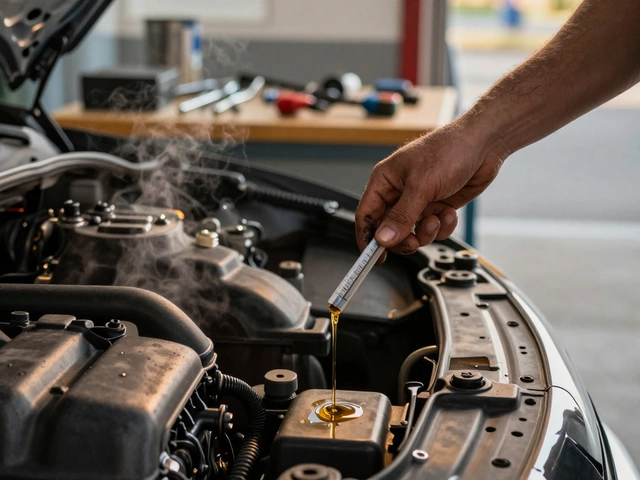
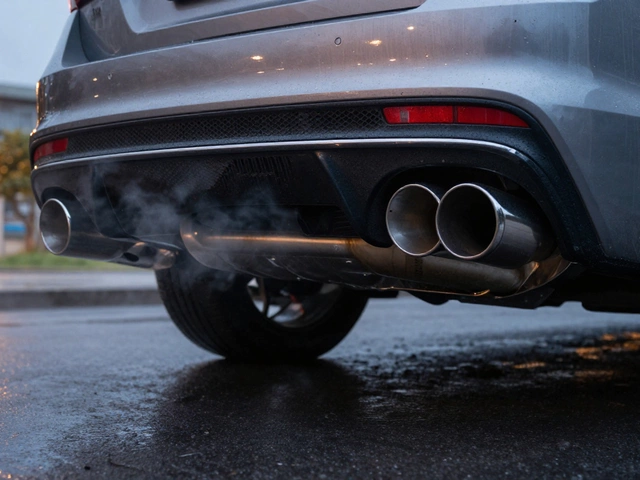


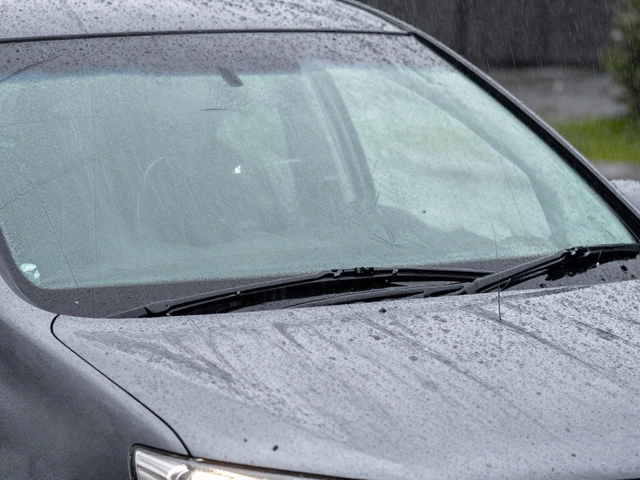



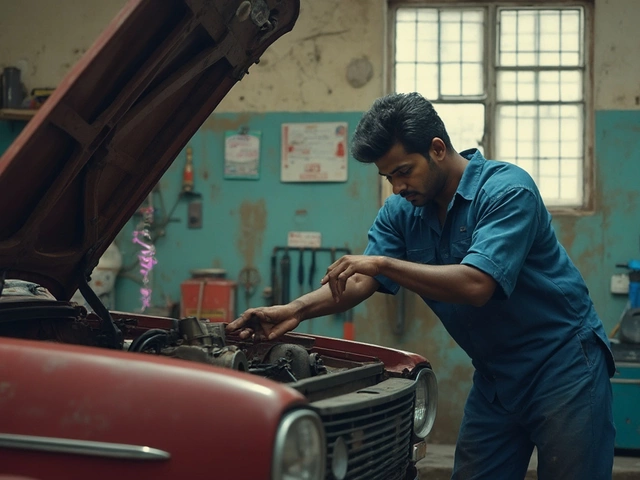
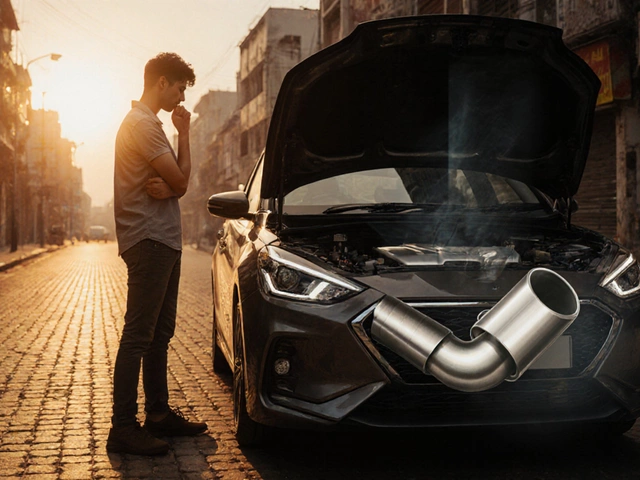
Write a comment